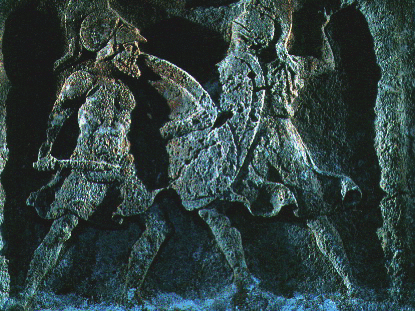
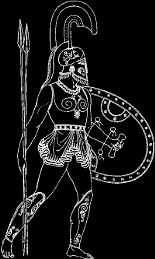
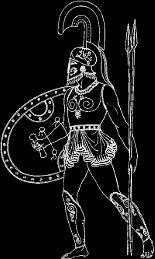

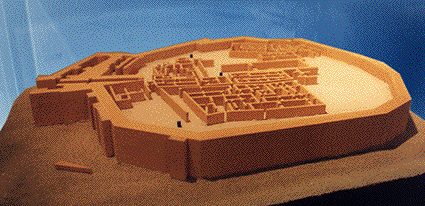
"The end of Troy will never end...The flame that consumed it will itself never be consumed." [G. K. Chesterton]
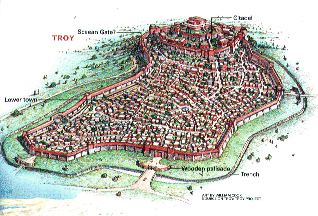
The entire Trojan War was fought over the love of one woman, the most beautiful woman in the world, Helen. She was married to Menelaus, who was the king of Sparta, when she met Paris, the prince of Troy. Different versions of the story split from here. Some say that Helen was abducted by Paris and forced to go to Troy, while others state that she ran away with Paris. Regardless, Sparta immediatly declared war on Troy and launched its fleet with orders to sack Troy and return Helen. The siege of Troy lasted ten years and many legendary hero's fought and died during the course of it, including Achilles, Hector and Ajax. At the close of the tenth year Menelaus devised a cunning plan to bring about the end of the war. He order the construction of a giant wooden horse which he could hide men in. The exact size of the horse is unknown but estimates range from ten by 12 feet holding one or two men, to the size of a large house capable of hiding a sizable force of 200 men. However whatever the size the result was the same. The Spartan army left the area surrounding the city, burning thier tents as they went. The horse was left behind as an offering to the 'victorious' Trojans. The Trojans accepted the gift and brought it into the city. Then came the victory celebration. The Trojans drank and danced in triumph. Then in the dead of night the Spartan's hidden in the horse crept out and opened the city gates for the awaiting Spartan army. The unprepared Trojans were slaughtered and Helen was returned to her husband. Paris was executed and the great Trojan war came to a close.
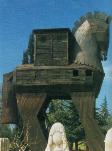


<-INFORMATION ON THE TROJAN HORSE->
<-Return To Home Page